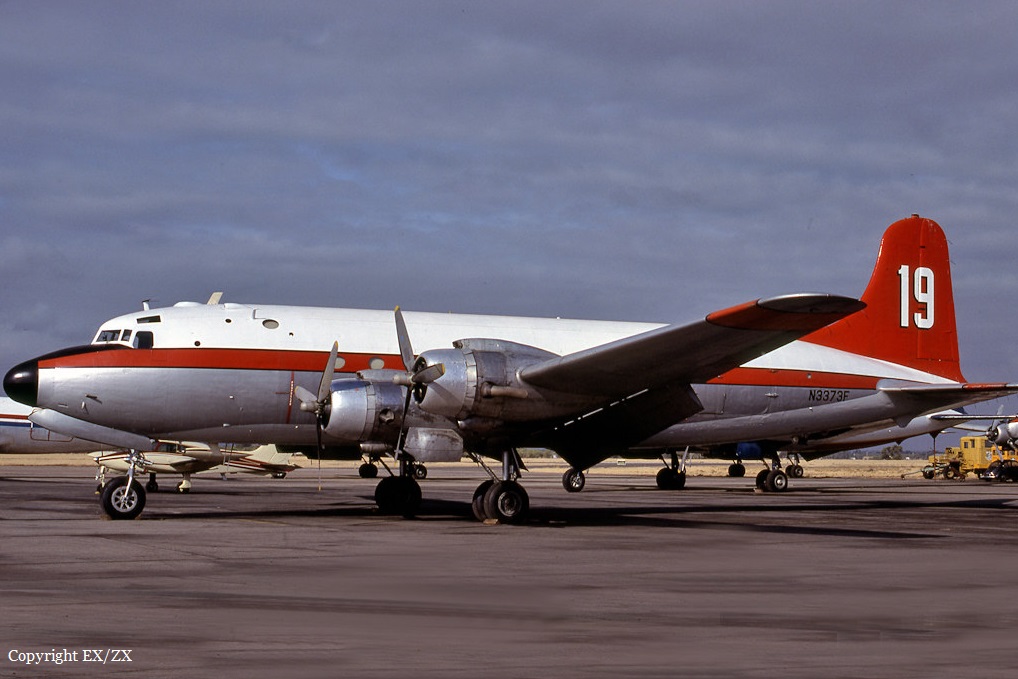Crash of a Douglas SC-54G Skymaster in Kenai: 3 killed
Date & Time:
Jul 14, 1981 at 1739 LT
Registration:
N3373F
Survivors:
No
Schedule:
Kenai - King Salmon
MSN:
36061
YOM:
1945
Crew on board:
3
Crew fatalities:
Pax on board:
0
Pax fatalities:
Other fatalities:
Total fatalities:
3
Captain / Total hours on type:
276.00
Circumstances:
After takeoff from Kenai Airport, while climbing to an altitude of 2,000 feet, the engine n°1 caught fire and exploded. The crew declared an emergency and elected to return to Kenai when a part of the left wing detached. Out of control, the airplane crashed in a pasture and was destroyed by impact forces and a post crash fire. All three occupants were killed.
Probable cause:
Engine fire and explosion in flight due to engine structure: cylinder assembly material failure. The following contributing factors were reported:
- Overload failure,
- Fire in engine and wing,
- Separation in flight,
- Failure of cylinder n°2 in engine n°1.
- Overload failure,
- Fire in engine and wing,
- Separation in flight,
- Failure of cylinder n°2 in engine n°1.
Final Report:







